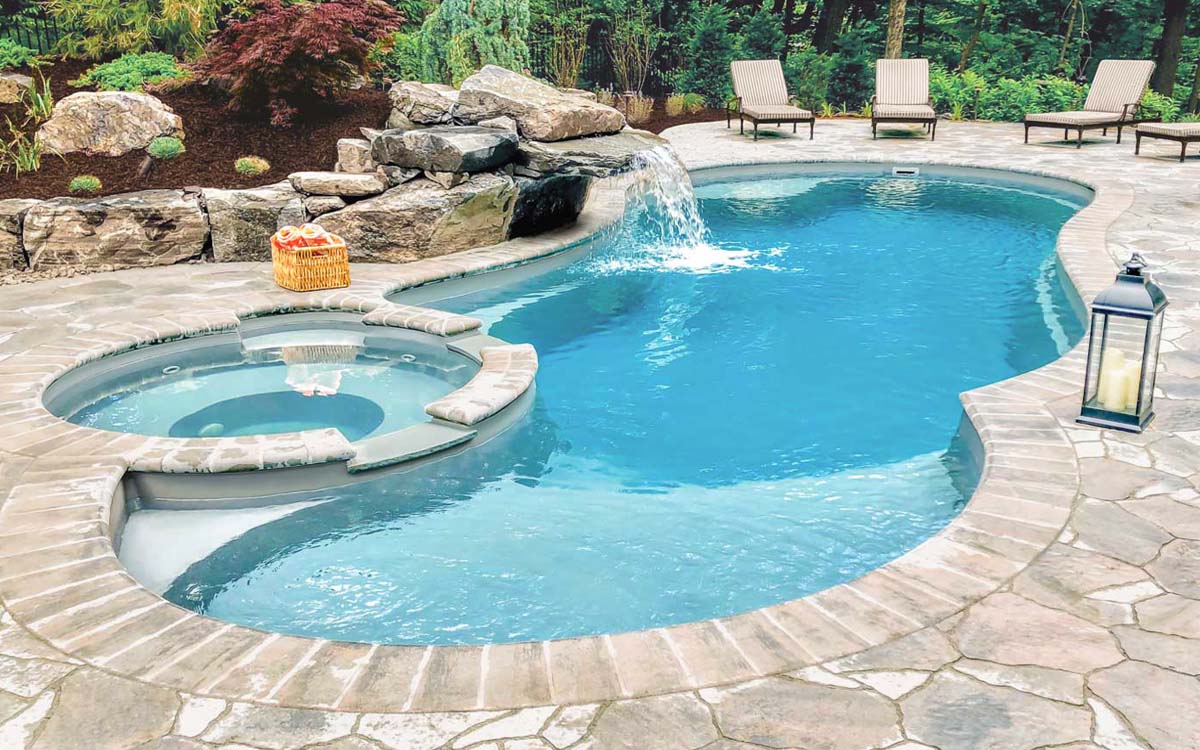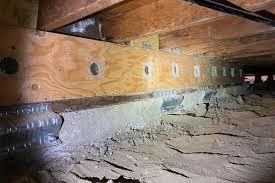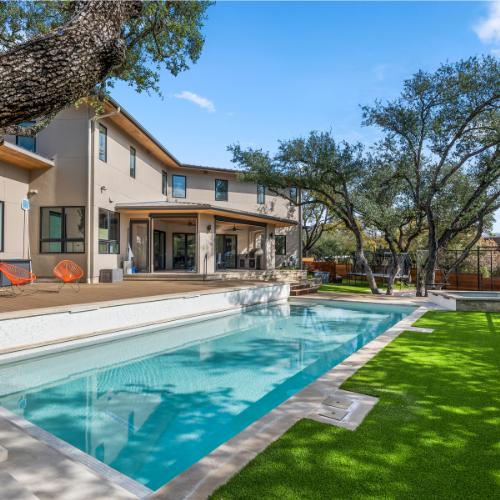How Deep is an Olympic Pool
An Olympic swimming pool is an iconic symbol of athletic excellence, serving as the centerpiece for the world’s most prestigious swimming events. Its specifications, including depth, are meticulously designed to ensure fairness, safety, and optimal performance for elite swimmers. This article delves into the depth of an Olympic pool, the rationale behind its design, and the broader significance of pool depth in competitive swimming. If you're considering a new pool, collaborating with a swimming pool builder can help you achieve a design that meets the highest standards.
Depth of an Olympic Pool
An Olympic swimming pool must meet strict standards set by the International Swimming Federation (FINA). The depth of an Olympic pool is one of these important standards, ensuring the pool provides ideal conditions for competitive swimming.
According to FINA regulations, the depth of an Olympic pool must be a minimum of 2 meters (6.6 feet). However, many pools are designed to be deeper than the minimum. The standard for major international competitions like the Olympic Games is often 3 meters (9.8 feet) in depth. This greater depth is not arbitrary but serves several specific purposes, from enhancing the performance of athletes to ensuring the safety of swimmers and divers.

Why Depth Matters in Swimming
Pool depth has a significant impact on swimming performance and safety. A deeper pool can provide numerous advantages, especially in competitive swimming events like the Olympics.
Improved Performance through Wave Reduction: In swimming, waves and turbulence created by swimmers' movements can hinder their speed and efficiency. When a pool is deeper, there is more room for these waves to dissipate, reducing the amount of water turbulence. This results in smoother water at the surface, which helps swimmers maintain speed and performance. A shallower pool, in contrast, would result in more wave reflection off the bottom of the pool, creating more turbulence and potentially slowing swimmers down.
Safety Considerations: Depth is also critical for safety, particularly for swimmers competing in events like the 50-meter freestyle, where swimmers dive into the pool from starting blocks. A deep pool ensures that swimmers can safely dive without the risk of hitting the bottom, which could cause serious injury. Similarly, a deeper pool is safer for events that involve turns and flip turns, as athletes have more space to execute their movements without worrying about striking the pool floor.
Even Playing Field for All Swimmers: Depth can also influence the dynamics of different strokes and techniques. A pool that is uniformly deep across its entire length ensures that all swimmers, regardless of lane assignment, have the same hydrodynamic conditions. In shallow pools, the swimmer in the outer lanes might experience slightly different water conditions than those in the center, which could create disparities in performance. A uniformly deep pool ensures a fair competition for all participants.
Other Olympic Pool Specifications
While the depth of the pool is a key factor, there are several other important dimensions and characteristics of an Olympic swimming pool that are essential for competition.
Length and Width: An Olympic pool is 50 meters (164 feet) long and 25 meters (82 feet) wide, containing 10 lanes, each 2.5 meters wide. The two outermost lanes are often not used in competition, providing a buffer zone that helps reduce wave interference with the swimmers in the middle lanes.
Water Temperature: The temperature of the water in an Olympic pool is strictly controlled, maintained between 25 and 28 degrees Celsius (77-82 degrees Fahrenheit). This temperature range ensures that the water is cool enough to prevent overheating during exertion while being warm enough to avoid muscle tightness.
Volume and Filtration: Given the size of an Olympic pool, it contains an enormous amount of water, typically around 2.5 million liters (660,430 gallons). The pool's filtration system is designed to keep the water crystal clear and free from contaminants, as water clarity is essential for both safety and the proper conduct of the competition.
History and Evolution of Olympic Pool Design
The design of Olympic pools has significantly evolved as advancements in engineering, technology, and hydrodynamics have progressed. In early Olympic Games, swimming events often took place in open water or shallower pools that lacked the scientific design of today’s state-of-the-art facilities. Research demonstrated that deeper pools facilitate faster swims, leading to the current standard of a minimum depth of 2 meters, with 3 meters being the norm for major competitions. For those interested in creating a unique swimming experience, custom pools can be designed to incorporate these principles for optimal performance and enjoyment.
As competitive swimming became more popular and world records more contested, every aspect of the pool environment, including depth, temperature, and even the design of lane dividers, was refined to give athletes the best possible conditions for breaking records.
Conclusion
The depth of an Olympic pool is vital for achieving optimal performance, fairness, and safety. With a minimum depth of 2 meters and typically 3 meters, these pools minimize wave turbulence, protect athletes during starts and turns, and ensure equal conditions for all competitors. Alongside other factors like water temperature and filtration systems, pool depth is crucial for creating an ideal competitive environment. If you're interested in building or renovating a pool, consider searching for a pool contractor near me to ensure high-quality design and construction.










Comments